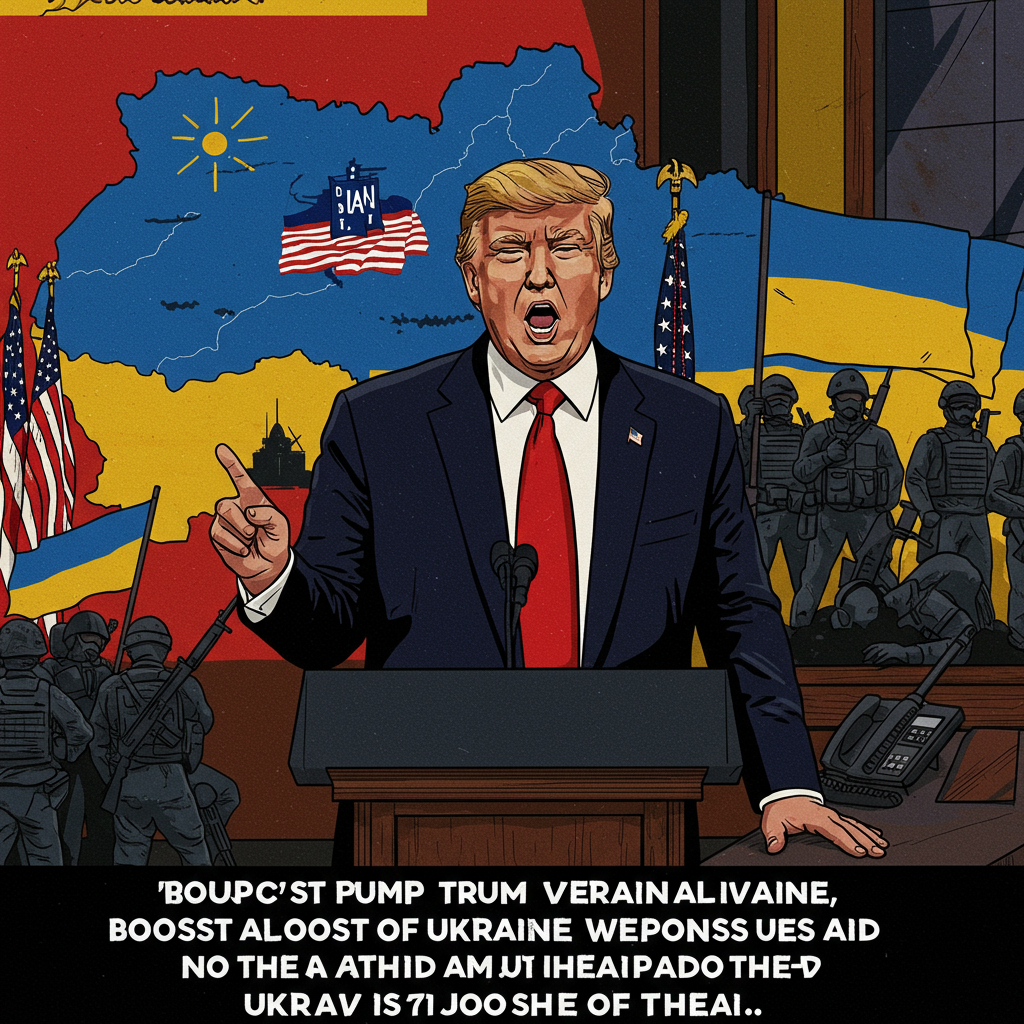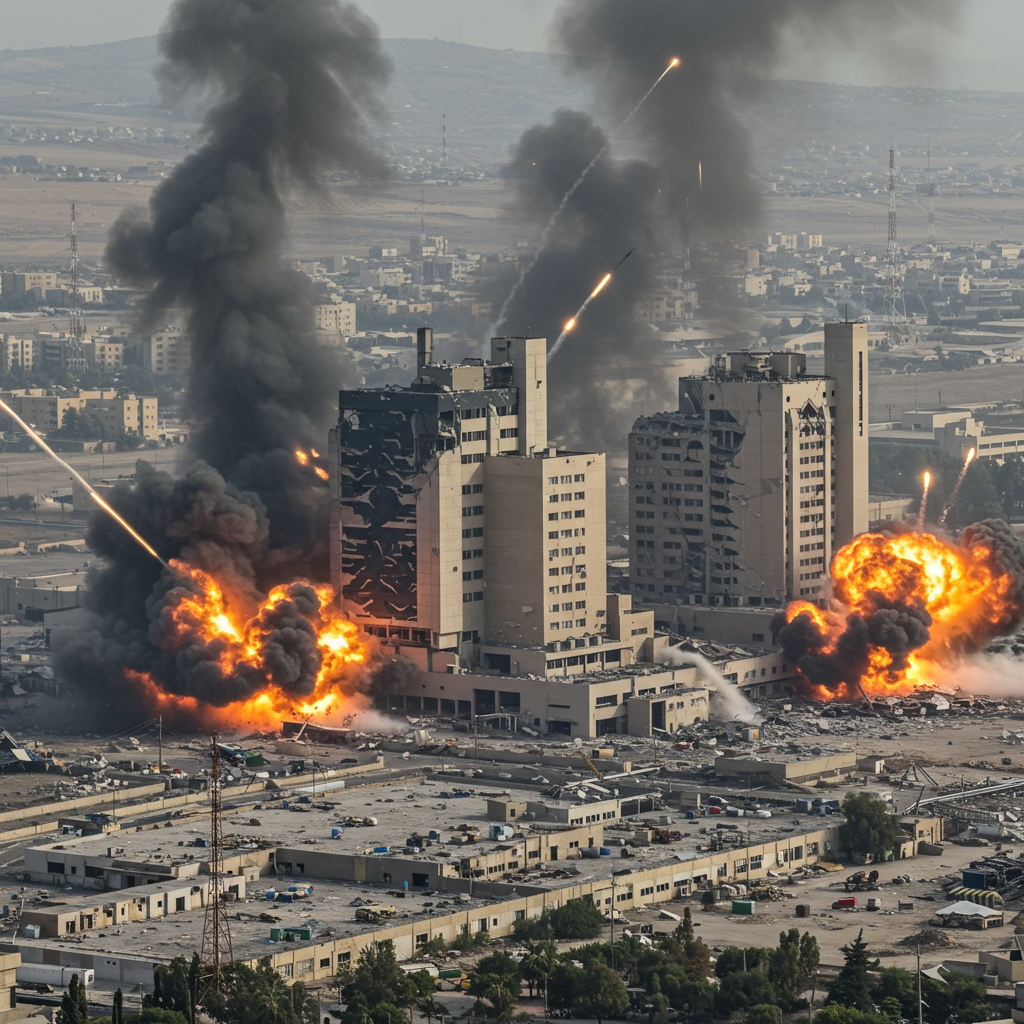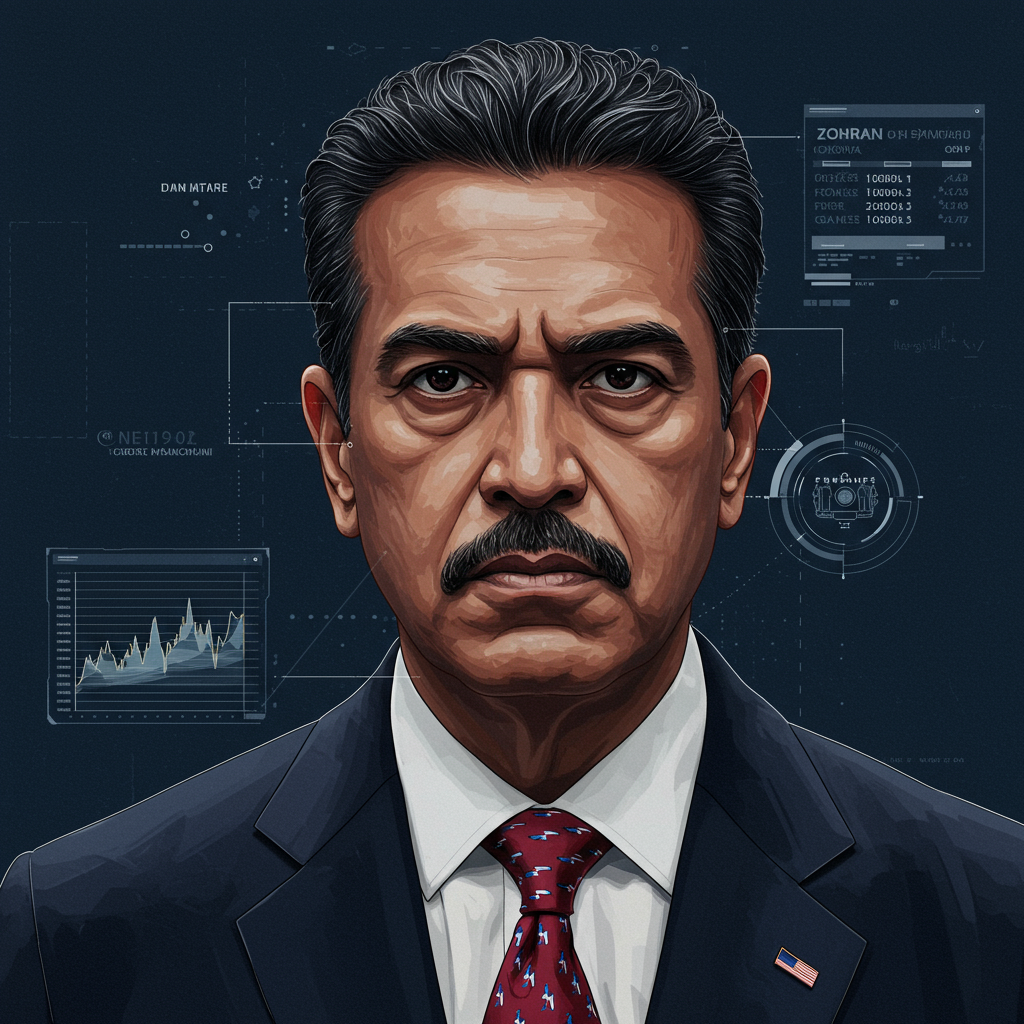In a significant turnaround from his administration’s recent actions, President Donald Trump has declared the United States will dispatch additional defensive weapons to ukraine. This decision follows closely on the heels of a Pentagon-ordered pause in some shipments and comes amidst intensified Russian aerial attacks targeting Ukrainian cities and infrastructure. The announcement signals a renewed commitment, at least for now, to helping Kyiv counter Moscow’s ongoing aggression, despite previous skepticism from the president regarding the scale and necessity of US aid.
“We’re going to send some more weapons,” Trump stated, emphasizing Ukraine’s critical need to protect itself. “They have to be able to defend themselves… They’re getting hit very, very hard.” He specified the focus would be “defensive weapons, primarily,” acknowledging the severe impact of Russian strikes on Ukraine.
An Abrupt Shift in Policy
Just days before the president’s statement, the U.S. Department of Defense had quietly frozen certain weapons transfers intended for Ukraine. This pause, described by sources familiar with the matter as a “capability review,” was reportedly signed off by Secretary of Defense Pete Hegseth. White House deputy press secretary Anna Kelly had previously framed the decision as necessary “to put America’s interests first.”
Sources within the administration cited concerns about maintaining sufficient U.S. defense stockpiles as a factor in the temporary halt. Pentagon spokesman Sean Parnell explained the review was aimed at ensuring U.S. military readiness while aligning future aid with “America First defense priorities.” However, critics like leading House Democrat Adam Smith questioned this rationale, suggesting internal assessments didn’t support claims of critical shortages and alleging an underlying agenda within the Pentagon, potentially influenced by figures like policy chief Elbridge Colby, to curtail aid to Kyiv.
systems Affected by the Hiatus
The recent suspension specifically impacted crucial air defense systems needed by Ukraine. These included highly sought-after Patriot missile systems, along with NASAMS and HAWK systems. These advanced capabilities are vital for intercepting Russian missiles and drones that have been devastating Ukrainian cities and infrastructure.
Ukrainian President Volodymyr Zelenskyy had publicly pleaded with Western allies to bolster his nation’s aerial defenses, particularly in light of intensifying Russian assaults. He had also previously highlighted instances of promised aid being diverted, citing a case where 20,000 anti-drone missiles were reportedly redirected to the Middle East.
Navigating Complex Diplomatic Waters
President Trump’s decision follows a series of high-level discussions, including recent phone calls with both Russian President Vladimir Putin and Ukrainian President Volodymyr Zelenskyy. The timing of the decision appears linked to these interactions and the escalating situation on the ground.
Trump described his call with Putin as “disappointing,” noting “no progress” towards a ceasefire. Just hours after this conversation, Russia launched one of its largest overnight aerial attacks of the war on Kyiv and other targets, involving hundreds of drones and missiles. This massive assault, which Zelenskyy called “cynical,” starkly underscored Ukraine’s urgent need for enhanced air defense capabilities.
Conversely, Trump characterized his subsequent phone call with Zelenskyy as “very good” and “most productive.” During this conversation, Zelenskyy reportedly sought clarity on the weapons pause, which Trump downplayed, indicating openness to continued support. They discussed Ukraine’s request for more Patriot systems, a topic also raised by Trump in calls with European leaders like German Chancellor Friedrich Merz and French President Emmanuel Macron, exploring options for European cost-sharing or transfers.
Russia’s Stance on US Aid
Kremlin spokesman Dmitry Peskov responded to the news of renewed US shipments with skepticism. Despite previous contradictory statements from Washington, Peskov asserted that Russia had seen no definitive evidence that arms deliveries had ever fully stopped. He commented that sending more weapons “probably do not align with attempts to promote a peaceful resolution” to the conflict. Russia had earlier welcomed pauses in shipments, baselessly claiming they were due to insufficient US stockpiles.
The Broader Picture of US Support
The United States has been the largest single provider of military assistance to Ukraine since Russia’s full-scale invasion began in February 2022, supplying tens of billions of dollars in various weapons systems, including air defense, drones, rocket launchers, and armor. This extensive support has, however, raised concerns about dwindling US stockpiles, a point previously emphasized by Trump who claimed a former administration had “emptied out our whole country giving them weapons.”
This isn’t the first time aid flows to Ukraine have faced temporary disruption under Trump. He briefly halted all shipments of military aid in March 2022 following a reported heated disagreement with Zelenskyy, only to resume them about a week later. The current decision to send more weapons, particularly Patriot missiles, represents a significant shift back towards providing crucial defensive capabilities after the recent Pentagon-led review.
Looking Ahead: Uncertain Trajectory
Conversations regarding the details of additional weapons shipments, including Patriot missiles, are expected to continue. Keith Kellogg, Trump’s envoy for Ukraine, is anticipated to discuss the matter further with Ukrainian officials during an upcoming conference in Rome. The potential involvement of European nations in cost-sharing or transferring their own systems remains a key element in increasing Ukraine’s access to sophisticated air defenses.
While Trump has reaffirmed his displeasure with Putin, stating “I’m not happy with President Putin at all,” the long-term trajectory of US military aid to Ukraine under his administration remains subject to his evolving strategy and assessment of the conflict. The recent pause and subsequent reversal highlight the complex and sometimes unpredictable nature of foreign policy decisions concerning the ongoing war.
Frequently Asked Questions
Why did the US briefly pause weapons shipments to Ukraine?
According to statements from the White House and Pentagon, the pause was part of a “capability review” aimed at assessing US military readiness and ensuring future aid aligned with “America First defense priorities.” Concerns about potentially insufficient US defense stockpiles were cited as a contributing factor, though some critics alleged it was part of a broader agenda by certain Pentagon officials to reduce aid to Ukraine.
Which specific weapons systems are crucial for Ukraine’s defense right now?
Ukraine has a particularly urgent need for advanced air defense systems to counter Russian aerial attacks. Systems like the Patriot, NASAMS, and HAWK missile systems are crucial for intercepting incoming missiles and drones. The recent pause in shipments had impacted these specific types of defensive capabilities, and President Trump’s decision to send more weapons includes a focus on systems like Patriots.
How does this decision by Trump impact the ongoing conflict in Ukraine?
President Trump’s decision to send more defensive weapons, including systems like Patriots, provides a boost to Ukraine’s ability to defend its infrastructure and population against intensifying Russian aerial assaults. It reverses a recent pause that had caused concern in Kyiv. While Russia reacted negatively, seeing it as not aligning with peace efforts, for Ukraine, obtaining more defensive capabilities, particularly air defense, is critical for mitigating damage and loss of life as the conflict continues.
The situation remains dynamic, with high-level diplomatic talks ongoing and Russia continuing its attacks.



